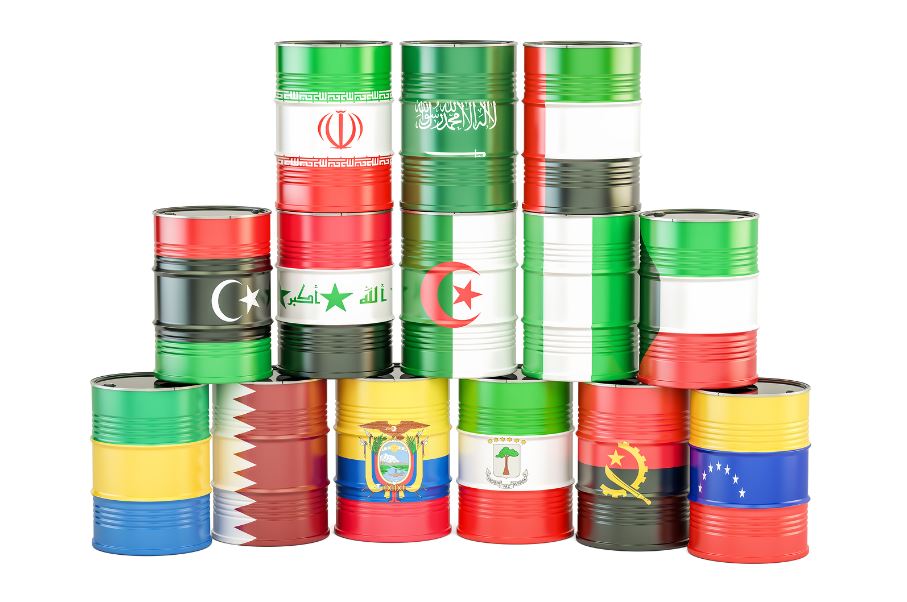When OPEC member states agreed in May 2017 to extend production cuts by nine months, it was because world oil prices were at historic lows and needed shoring up. The working assumption was that prices wouldn’t truly improve until the middle of 2018, and so cutting production didn’t result in much revenue lost.
Oil markets, however, haven’t behaved as predicted.
OPEC’s Resolve Is Beginning to Waver
In January 2018, prices of Brent crude went over $70 a barrel; while prices a month later have dipped to about $63, they still show dramatic resilience. The result: OPEC member states no longer see why they should keep to the production cuts that they agreed to earlier, when the market appeared less robust.
Russian energy minister Alexander Novak has said that he believes that the current rise in price levels may be temporary; nevertheless, he has already brought up the possibility of an organized exit from those production cuts, for both OPEC states and non-OPEC ones.
Private players such as Lukoil have independently agreed to production cuts in the past, but now believe in a return to higher production levels. The UAE, Qatar and Iraq are all cautious, however, believing that there will be market corrections shortly, and a quick return to increased production is unlikely.
Oman, a Non-OPEC State, Puts a Number On It
The oil minister of Oman, Mohammed Al Rumhy, has managed to be more specific, putting a number on what an increase in production is likely to do at this stage – each percentage point of production raised is likely to depress oil prices so greatly as to lead to losses of revenue worth four percentage points. Nevertheless, OPEC member states, and other oil-producing countries that align themselves with OPEC have a target in mind for when production might rise again. They believe that when the market balances itself, and oil importers around the world achieve close to a five-year average of oil inventories, it will be a sign of stability. A move towards both reasonable prices and production increases is likely then.
Production Cuts Are Still in Place
According to Sigma Drilling Technologies, a supplier of high-tech pulsation control systems and other pulsation solutions, with OPEC production cuts in place for the foreseeable future, U.S. drillers are free to take advantage of strong prices. Greater investment in oil drilling equipment is an excellent way to keep production going.




